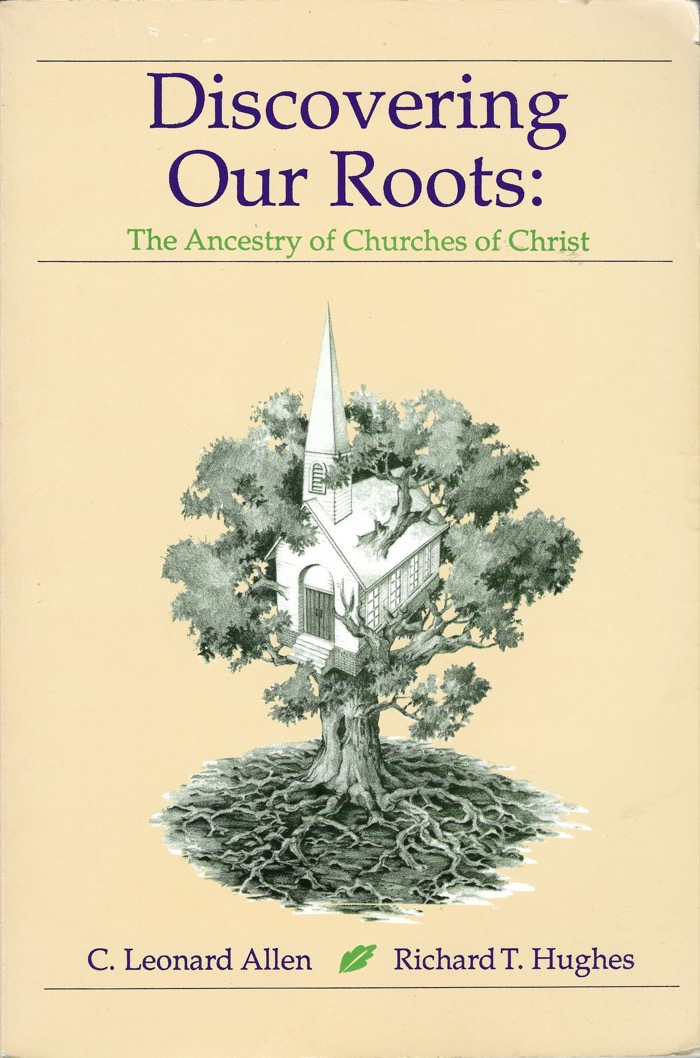Discovering Our Roots: The Ancestry of Churches of Christ
Reviewed date: 2004 May 26
160 pages
Published in 1988, Discovering Our Roots analyzes the historical movements and cultural climate that influenced the foundation and formation of the Church of Christ. Allen and Hughes draw parallels to other restoration movements in both European history and recent American history, showing how the various movements differed in their approach to restoring a truer faith. Discovering Our Roots shows that many movements strove to cast off the decades of tradition and liturgies that permeated Christianity; the underlying concern that prompted the Church of Christ movement was not different or unusual, but rather was one example in a long Christian tradition of attempting to return to the bare roots of our faith.
Allen and Hughes devote chapters to analyzing the restoration movements of the Church of Jesus Christ of Latter-Day Saints (Mormons), to the Renaissance, the Reformation, the Puritans, and Baptists. They also consider specifically the distinctly American roots of the Church of Christ.
Some have objected to Discovering Our Roots because it focuses on showing the earthly roots of the Church of Christ. This is true: the book has an undercurrent of criticism against those members of the Church of Christ who claim that the Church of Christ is 1) a purely biblical movement, 2) that it is a return to the forms of the New Testament church, 3) that the movement is a product of divine leading and not of historical or cultural influences, and 4) that the Church of Christ has cast off all the distracting traditions and trappings that plague other denominations. Allen and Hughes demonstrate that the Church of Christ is not strictly modeled after New Testament churches, that the Church of Christ movement does have strong historical and cultural roots, and that the Church of Christ has cast off some traditions but has replaced them with new traditions. They do not deny that the Church of Christ is a Christian church, but they do point out clearly that the goal of restoring the church to its primitive, perfect state is not a goal unique to the Church of Christ. Many denominations have sprung from similar movements.
I recommend this book to members of the Church of Christ, or to anyone interested in learning about the roots of the church. This is not a primer on Church of Christ beliefs or traditions; the authors expect the reader to have background knowledge of the Church of Christ. (I'm not from a Church of Christ background and the church I'm going to isn't a stereotypical Church of Christ, so I don't have the background knowledge. Thus I found parts of the book confusing.) This book is irrelevant to those who are not from a Church of Christ background or who are not interested in the roots of the Church of Christ.
A harsh but well-studied and intelligent criticism of Discovering Our Roots may be found at Christianity Then and Now.com (cached). I personally think that criticism is dead wrong, but that's just my limited understanding of a subject I know little about.
